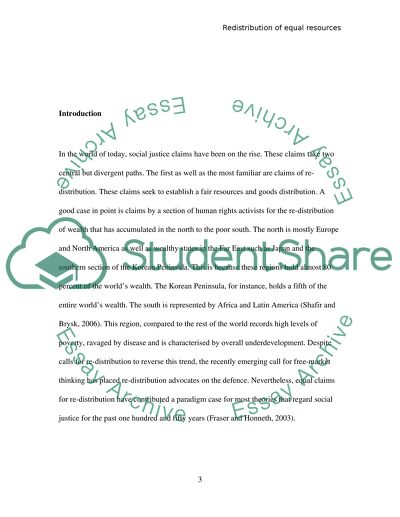Cite this document
(“How and why is the idea of redistribution of equal resourses Essay”, n.d.)
Retrieved from https://studentshare.org/miscellaneous/1562977-how-and-why-is-the-idea-of-redistribution-of-equal-resourses-challenged-by-the-idea-of-equal-opportunity-and-recognition
Retrieved from https://studentshare.org/miscellaneous/1562977-how-and-why-is-the-idea-of-redistribution-of-equal-resourses-challenged-by-the-idea-of-equal-opportunity-and-recognition
(How and Why Is the Idea of Redistribution of Equal Resourses Essay)
https://studentshare.org/miscellaneous/1562977-how-and-why-is-the-idea-of-redistribution-of-equal-resourses-challenged-by-the-idea-of-equal-opportunity-and-recognition.
https://studentshare.org/miscellaneous/1562977-how-and-why-is-the-idea-of-redistribution-of-equal-resourses-challenged-by-the-idea-of-equal-opportunity-and-recognition.
“How and Why Is the Idea of Redistribution of Equal Resourses Essay”, n.d. https://studentshare.org/miscellaneous/1562977-how-and-why-is-the-idea-of-redistribution-of-equal-resourses-challenged-by-the-idea-of-equal-opportunity-and-recognition.


